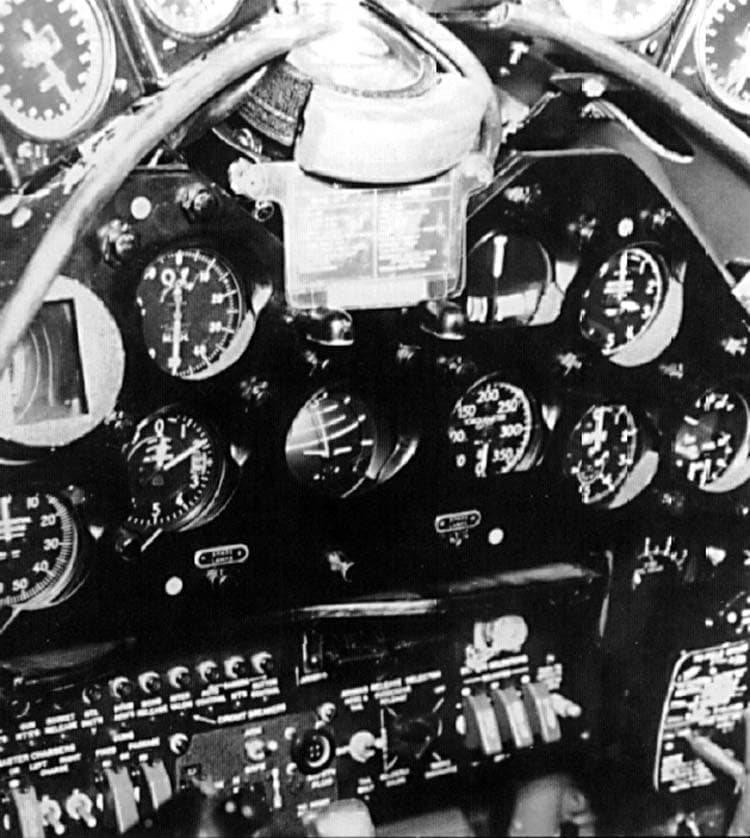- Yes
- No
Hello everybody. Today, I’d like to suggest the Kaiser-Fleetwings XBTK-1 for US Aviation in War Thunder. Originally developed as a lightweight dive bomber to succeed the SBD Dauntless and serve on escort carrier fleets, it was later re-categorized as both a dive bomber and torpedo bomber platform. The aircraft was designed to carry a torpedo as well. Five prototypes were built towards the end of World War II, but as the AD Skyraiders and AM Maulers already fulfilled the role, the XBTK-1 became redundant. The XBTK-1 program was running late and was eventually canceled, as the aircraft was no longer needed after the war.
Key Characteristics
- First military design envisioned by Kaiser-Fleetwings
- Lightweight and fast dive bomber with a single-speed, two-stage supercharger
- Armed with 2 x 20mm cannons for self-defense
- Exceptional ground attack capabilities for an American dive bomber
History
In 1943, the US Navy issued a requirement for a smaller dive bomber design intended for escort carrier operations. Many American escort carriers lacked the capacity to house large dive bombers, which were typically stored alongside torpedo bombers and fighters with folding wings. As a result, the Navy sought lighter and slimmer dive bombers to complement its growing escort carrier fleet.
The specifications outlined a single-seat, single-engine, carrier-based dive bomber powered by a Pratt & Whitney R-2800-22W radial piston engine, driving a four-blade propeller. The armament was to include two wing-mounted cannons, and to keep the aircraft compact, all three stores would be mounted externally and rated for up to 1,000 lbs. A key feature was the ability to fold the wings for improved storage aboard escort carriers.
Kaiser-Fleetwings responded to the Navy’s 1943 requirement by submitting a proposal in January 1944. This company was an oddball in military aircraft production, as it primarily built trainers and other light civilian aircraft with no prior experience in combat aircraft design.
The Navy approved the design and awarded Kaiser-Fleetwings an initial contract to build two XBK-1 prototypes powered by R-2800-22W engines on February 23, 1944. In March 1944, the contract was amended to increase the number of aircraft to five.
By fall 1944, Kaiser-Fleetwings presented a mockup for review, and the Navy awarded a pending contract for 17 pre-production units in October. However, the Navy decided to categorize the Kaiser-Fleetwings XBK as a bomber-torpedo aircraft, leading the company to revise the design to accommodate a 2,000-lb MK 13-2 torpedo. As a result, the XBK-1 was redesignated XBTK-1.
The initial configuration of the XBTK-1 featured a forward-mounted engine with a forward-set cockpit. Its low-mounted monoplane wings were equipped with two 20 mm cannons and eight rocket mounts on the folding wing panels. Additional features included self-sealing fuel tanks, 230 pounds of cockpit armor, and landing flaps with a split “picket fence” dive brake. “Finger” brakes were positioned on the upper wing surface ahead of the flaps. To prevent empennage buffeting when the dive brakes were deployed, the horizontal tail was mounted on the tailfin above the fuselage. The aircraft was also designed to accommodate an AN/APS-4 radar, with fuel stored in a single fuselage tank. One of the XBTK-1’s most distinctive features was its exhaust system, which directed engine exhaust gases through ducts in the forward fuselage aft of the cockpit. This system was designed to reduce cooling drag and generate additional thrust, a concept known as the exhaust pump.
As the XBTK-1 project faced delays and fell six months behind schedule, the first prototype completed its maiden flight on April 12, 1945. Flight testing revealed inadequate engine cooling and severe fuselage vibrations caused by the exhaust pump. To address these issues, the aircraft was returned to the Fleetwings engineers in May 1945 for modifications. The original engine was replaced with a more powerful 2,100-hp supercharged R-2880-34W. The Navy recommended replacing the unique exhaust system, as it caused excessive cockpit heat and made entry and exit difficult after engine shutdown. As a result, conventional exhaust with cowl flaps replaced the exhaust pump to improve cooling. The Navy received the modified XBTK-1 prototype for service testing around the end of World War II. It was not until July 1945 that the aircraft underwent flight trials, reaching a maximum speed of 373 mph. In August 1945, the prototype was delivered to the US Navy Naval Air Test Center at Naval Air Station Patuxent River, Maryland, for further evaluation.
The second production aircraft first flew in March 1946, featuring leading-edge slots that improved stall performance. It went on to demonstrate satisfactory stall characteristics, including a lowered speed stall speed. However, the spin-recovery performance resulted in from a stall was poor, particularly with the power off. However, the aircraft’s diving characteristics were superior to any dive bomber in service or under development.
Following World War II, the Navy reduced its order from 20 to 10 aircraft. In May 1946, the decision was made to complete only five airframes already in production, and the program was officially terminated in September 1946, as the role had already been filled by the Douglas AD Skyraider and Martin AM Mauler. Of the five completed XBTK-1s, only four were able to fly, and these aircraft were eventually scrapped. The XBTK-1 program was ultimately canceled due to the end of World War II and the emergence of more capable attack aircraft.
Specifications
Kaiser-Fleetwings XBTK-1General Characteristics
- Crew: 1 (Pilot)
- Length: 38 ft 11 in (11.86 m)
- Height: 15 ft 8 in (4.78 m)
- Span: 48 ft 8 in (14.83 m)
- Wing Area: 380 sq ft (35 sq m)
- Propeller Type: 4-blade Hamilton Standard Hydromatic propeller
- Propller Diameter: 13 ft 7 in (4.14 m)
- Powerplant: Pratt & Whitney R-2800-34W radial piston engine with a single-stage, two-speed supercharger
→ 2,100 hp (1,545 kW)- Internal Fuel: 275 US gal. (1,041 L)
- Oil Tankage: 22 US gal. (83.3 L)
- Empty Weight: 9,959 lb (4,517 kg)
- Gross Weight: 12,728 lb (5,773 kg)
- Max. Takeoff Weight: 15,782 lb (7,159 kg)
Engine Ratings
Takeoff
→ 2,100 bhp @ 2,800 rpm @ S.L.Combat
→ 2,380 bhp @ 2,800 rpm @ S.L.
→ 2,400 bhp @ 2,800 rpm @ 1,000 ft
→ 1,790 bhp @ 2,800 rpm @ 9,500 ft
→ 1,850 bhp @ 2,800 rpm @ 15,500 ftMilitary
→ 2,100 bhp @ 2,800 rpm @ 3,400 ft
→ 1,700 bhp @ 2,800 rpm @ 9,500 -16,600 ftNormal
→ 1,700 bhp @ 2,600 rpm @ 8,500 ft
→ 1,500 bhp @ 2,600 rpm @ 11,700 -18,300 ftPerformance
- Power-to-Weight Ratio: 0.16 hp/lb (0.27 kW/kg)
- Sea level Speed: 342 mph (550 km/h)
- Critical Altitude Speed: 373 mph @ 18,000 ft (600 km/h @ 5,486 m)
- Stall Speed:
- Gross Weight: 80 mph (128.7 km/h)
- Without Fuel: 74.6 mph (120 km/h)
- Wing Loading: 33.5 lb/sq ft (164.9 kg/sq m)
- Takeoff Distance - Calm: 419 ft (128 m)
- Rate of Climb: 3,550 fpm (18 m/s)
- Time to Altitude:
- 3.3 minutes to 10,000 ft (3,048 m)
- 7.5 minutes to 20,000 ft (6,096 m)
- Service Ceiling: 33,400 ft (10,180 m)
- Combat Range: 1,405 miles (2,261 km)
Armament
- Avionics:
- APS-4 radar pod
- Guns:
- 2 x T31 20-mm cannons (200 rpg; 400 rounds)
- Gunpods:
- 2 x Douglas DGP-1 gunpods (350 rpg; 1,400 rounds)
- Bombs:
- Fuselage:
- 1 x 2,000-lb bomb
- 1 x 1,600-lb bomb
- 1 x 1,000-lb bomb
- 1 x 500-lb bomb
- Wings:
- 2 x 1,000-lb bombs
- 2 x 1,000-lb mines
- 2 x 500-lb bombs
- 2 x 250-lb bombs
- 6 x 100-lb bombs
- Rockets:
- Fuselage:
- 1 x 11.75-in Tiny Tim rocket
- Wings:
- 2 x 11.75-in Tiny Tim rockets
- 8 x 5-in HVAR rockets
- Torpedoes
- 1 x Mk.13-3 torpedo on the fuselage
SAC Data



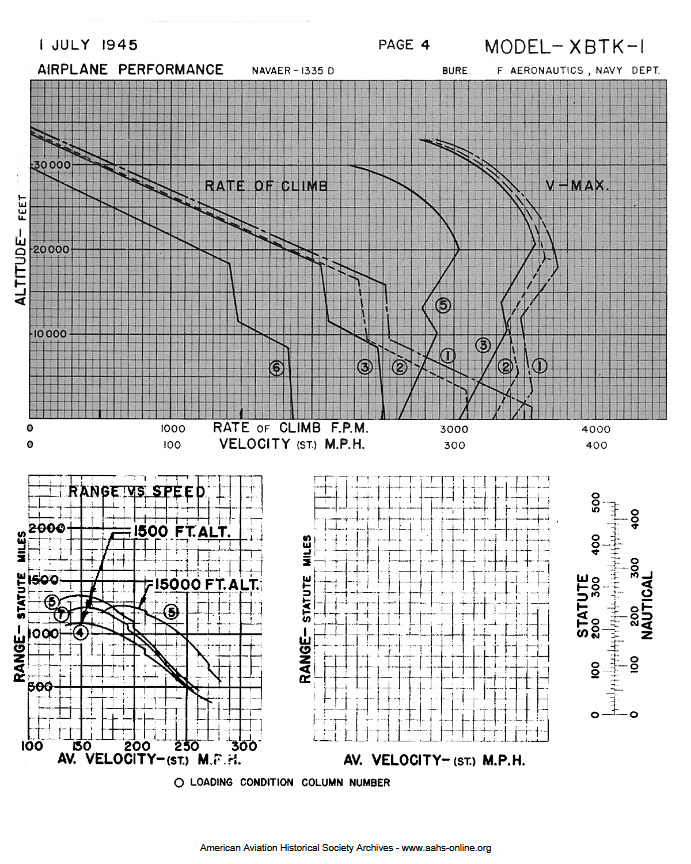


Images of XBTK-1's Armament








Images of XBTK-1's Other Features


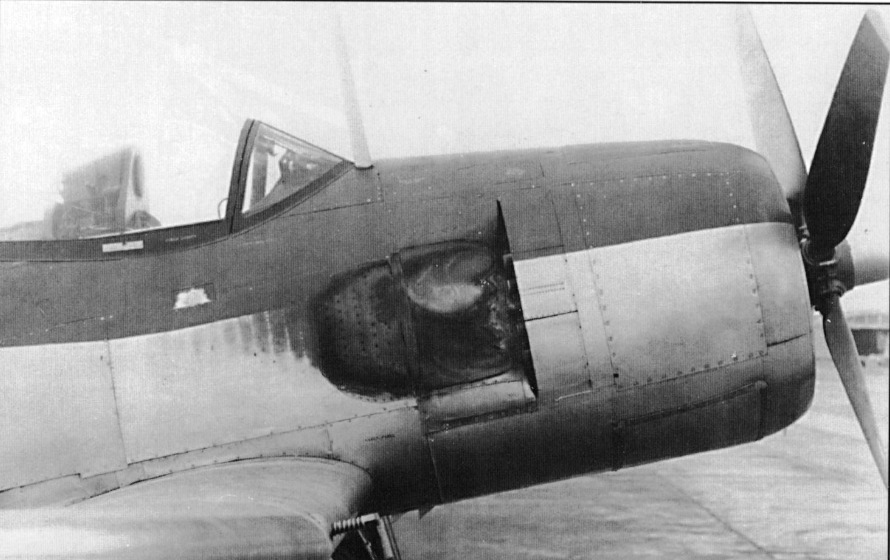



Images of XBTK-1 in Flight

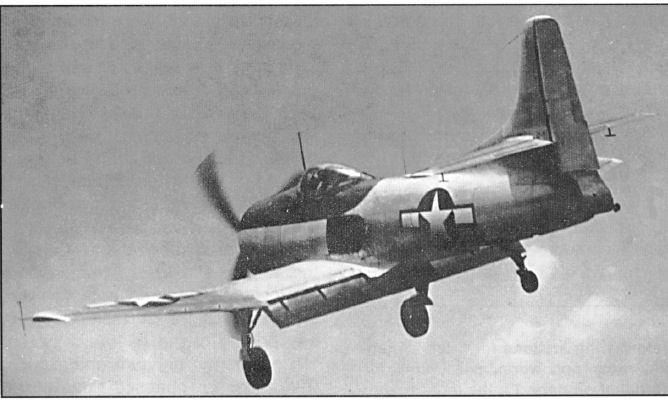

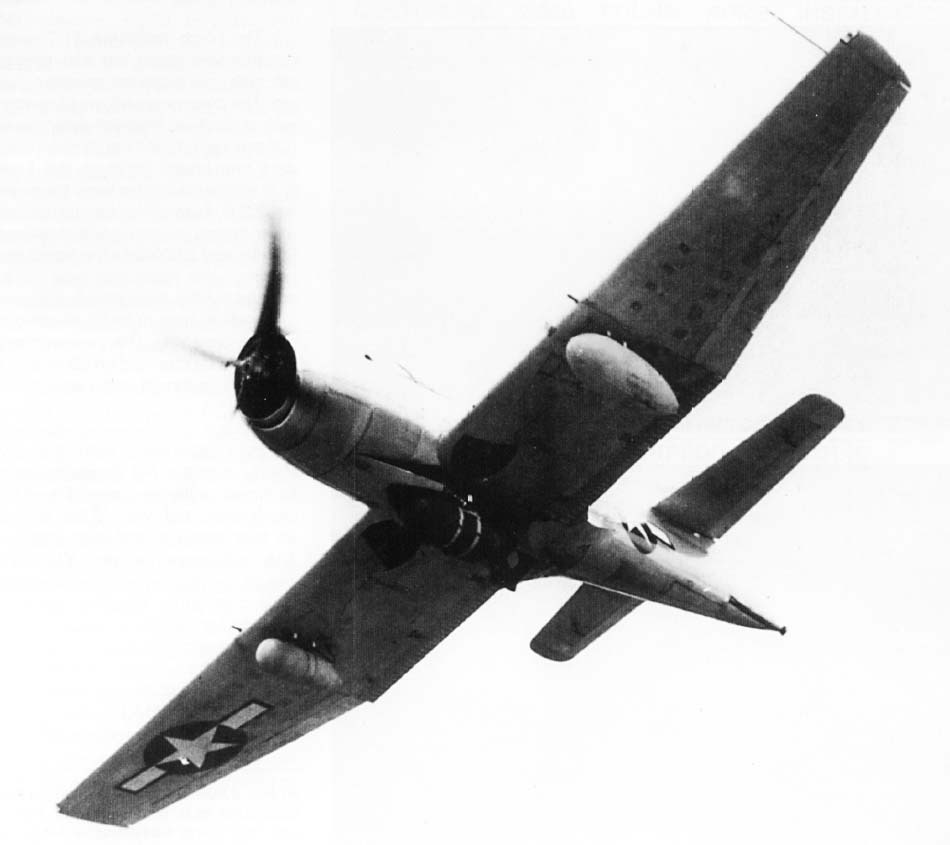


Conclusion | Why it should be in the game
It is a shame that the Kaiser-Fleetwings XBTK-1 never saw service due to the end of World War II and the rise of more effective attack aircraft like the AD Skyraider and AM Mauler. Had it entered production earlier, the XBTK-1 could have served as a lighter, more versatile dive and torpedo bomber for the US Navy, potentially providing valuable support to escort carrier operations during the war. With its innovative features, such as powerful armament, folding wings, and a specialized exhaust system, the XBTK-1 truly stands out from its counterparts like the SBD Dauntless and SB2C Helldiver. This makes the aircraft truly unique and fantastic, and it certainly deserves a place in War Thunder.
- XBTK-1 Airplane Characteristic & Performance (1 July 1945)
- Naval Fighters Forty-Eight: Kaiser Fleetwings XBTK-1 (1999)
- US Experimental & Prototype Aircraft Projects: Fighters 1939-1945 (2008)
- Kaiser-Fleetwings XBTK Prototype Dive Bomber / Torpedo Bomber
- Kaiser-Fleetwings XBTK - Wikipedia
Thank you for taking the time to read my suggestion! 😃

